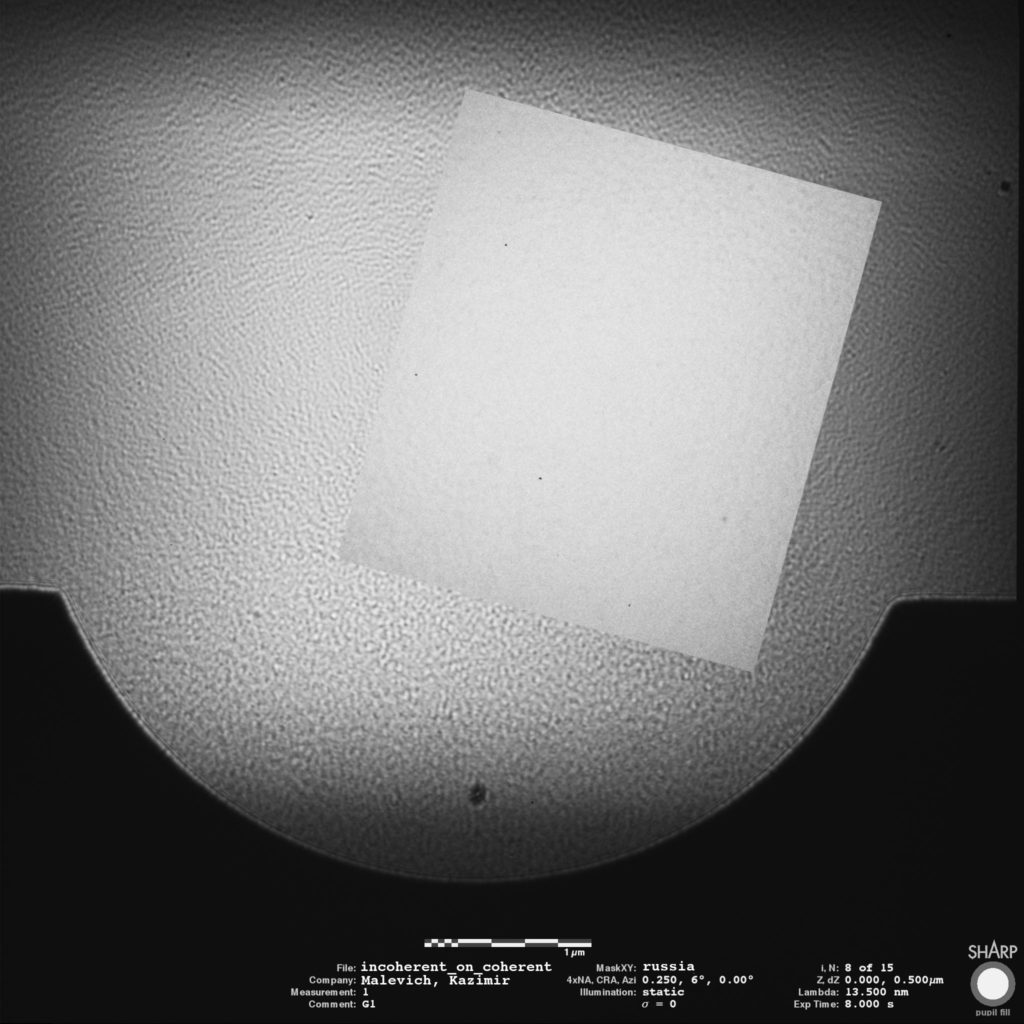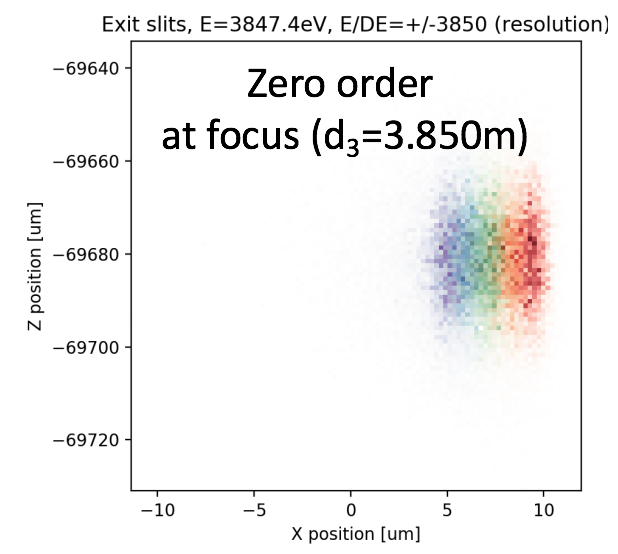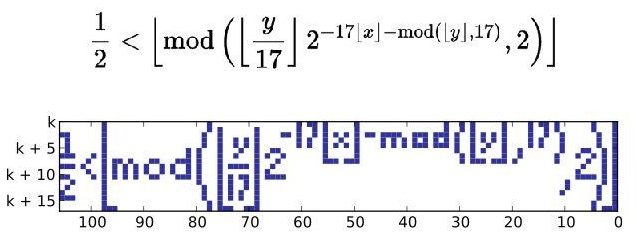This year I’m chairing the Computational Imaging session at the SPIE Defense + Commercial Sensing, in Orlando, Fla., April 16-19, 2018, together with Aamod Shanker. We have invited a lot of amazing speakers and we are organizing a panel discussion on the trends in computational imaging.
Here’s
the program:
SESSION 6 TUE APRIL 17, 2018 – 11:10 AM TO 12:00 PM
Computational Imaging I
[10656-22] “Ultra-miniature…”David G. Stork, Rambus Inc. (USA)
[10656-36] “Computed axial lithography: volumetric 3D printing of arbitrary geometries” Indrasen Bhattacharya
Lunch/Exhibition Break Tue 12:00 pm to 1:50 pm
SESSION 7 TUE APRIL 17, 2018 – 1:50 PM TO 3:30 PM
Computational Imaging II
[10656-24] “Terahertz radar for imaging…”Goutam Chattopadhyay
[10656-23] “Computational imaging…” Lei Tian
[10656-26] “Achieving fast high-resolution 3D imaging” Dilworth Y. Parkinson
[10656-27] “Linear scattering theory in phase space” Aamod Shanker
PANEL DISCUSSION TUE APRIL 17, 2018 -4:00 PM TO 6:00 PM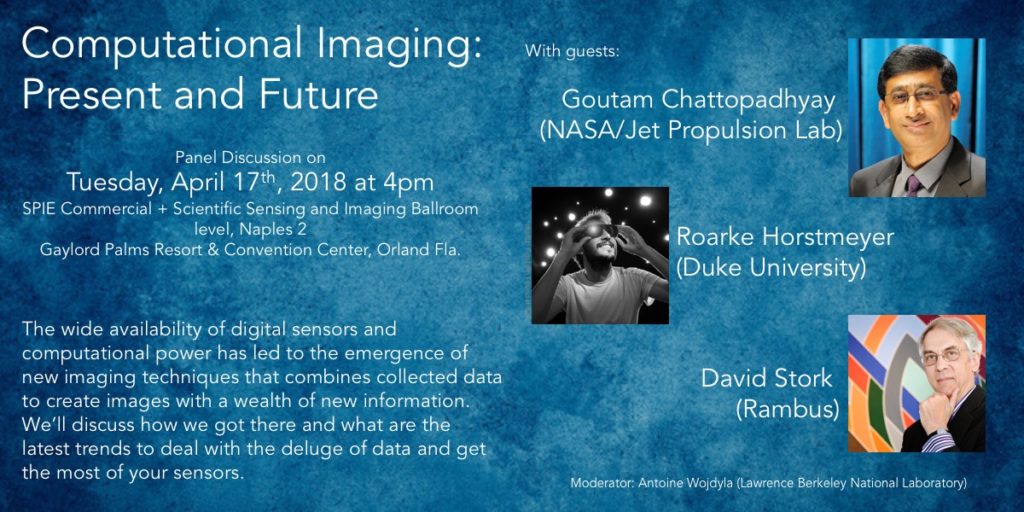 TUESDAY POSTER SESSION TUE 6:00 PM TO 8:00 PMSESSION 8 WED APRIL 18, 2018 – 8:00 AM TO 10:05 AM
TUESDAY POSTER SESSION TUE 6:00 PM TO 8:00 PMSESSION 8 WED APRIL 18, 2018 – 8:00 AM TO 10:05 AM
Computational Imaging III
[10656-28] “High resolution 3D imaging…” Michal Odstrcil
[10656-29] “A gigapixel camera array…” Roarke Horstmeyer
[10656-30] “EUV photolithography mask inspection using Fourier ptychography” Antoine Wojdyla,
[10656-31] “New systems for computational x-ray phase imaging…” Jonathan C. Petruccelli,
[10656-68] “Low dose x-ray imaging by photon counting detector”, Toru Aoki
Continue reading →
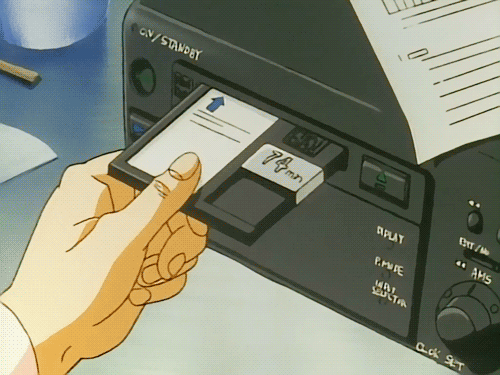 Since most of my friends are about my age or older — 35 on average — and often in a stable relationship for many years, I am left wondering why the sudden spike.I came up with two reasonable explanations and a ton of thoughts! Continue reading
Since most of my friends are about my age or older — 35 on average — and often in a stable relationship for many years, I am left wondering why the sudden spike.I came up with two reasonable explanations and a ton of thoughts! Continue reading

